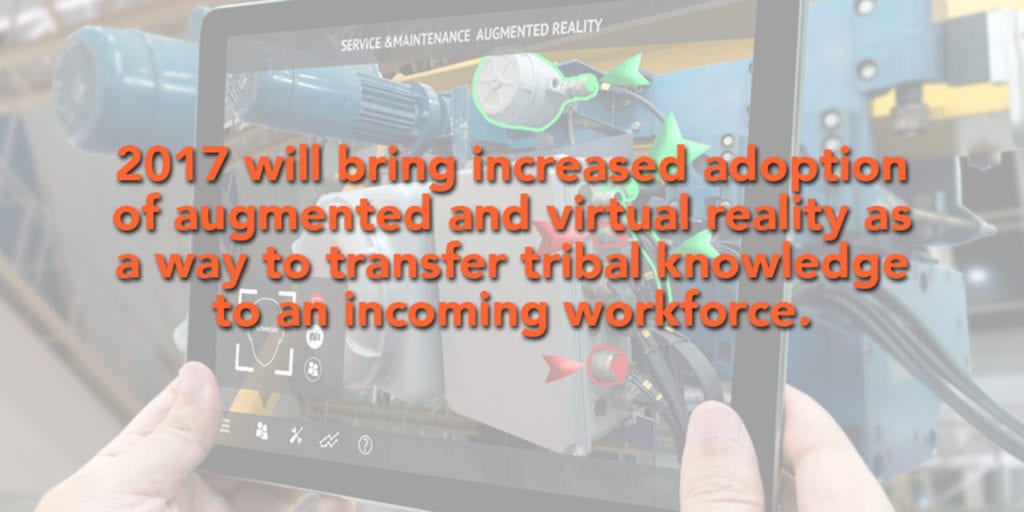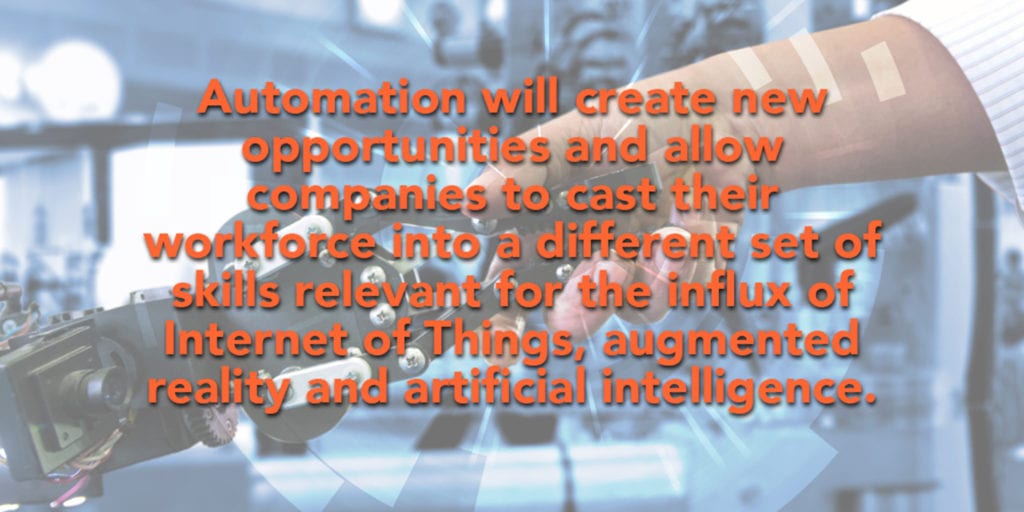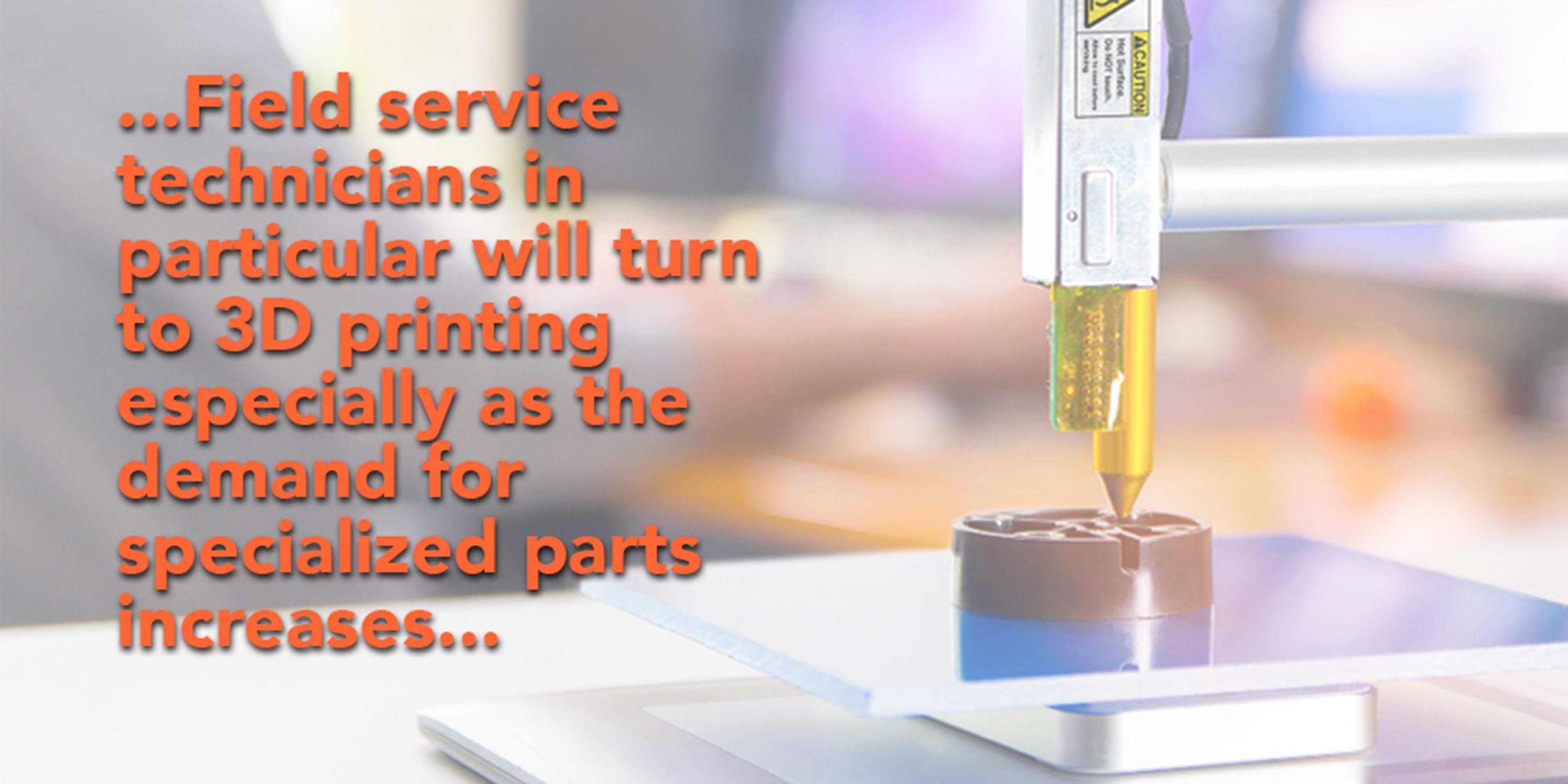Field service has for countless years comprised workers with tools, paper and pencil making service calls and jotting down notes afterwards. But more recently, cloud and mobile technology has completely upended the industry, giving service engineers automated processes and limitless information in the field similar to what CRM systems have done for sales teams.
The cumulative effect of this has led to service becoming a strategic asset for organization in driving revenue growth, customer satisfaction and productivity.
Like CRM, ERP and ITSM of years past, field service is up to bat and poised for rapid growth as more companies modernize their service operations. 2016 saw industrial manufacturers embracing the Internet of Things as part of their digital transformation with service as a core beneficiary; Salesforce became the latest large enterprise software company to release their own field service application; GE publicly demonstrated the value of a modern field service platform by purchasing ServiceMax for nearly $1 billion.
With the pace of this momentum in mind, see below the changes ahead for field service in 2017 – from what’s in store for the Trump presidency, to progress in VR and AR, to 3D printing and how data will continue to drive business.
- A Trump presidency will drive an expansion in field service. As President-Elect Donald Trump continues to pressure companies to create (and retain) higher-wage manufacturing jobs in the U.S., they will be forced to look at new business models in response to the rising cost of their products. With advances in service technology, companies will provide “outcomes” to customers versus simply selling them products, creating new revenue streams, more service jobs and a higher-value customer experience. Additionally, the push to reinvest in infrastructure will increase service delivery needs nationwide – creating even more jobs in service.
- AR/VR aids a shifting workforce. Companies are struggling to attract new service-tech talent as industry veterans retire and the average tenure of service engineers dwindles.So while organizations figure out the challenge or recruiting new workersinto a field not necessarily deemed “sexy,” 2017 will bring increased adoption of augmented and virtual reality as a way to transfer tribal knowledge to an incoming workforce. Hopefully we’ll also see disruptive tech like this proving a productive recruiting tool.

- Factory automation will lead to the reorganization of typical workforce structures.Smart companies will adapt to new levels of automation by deploying assets and people to new parts of the organization where their experience and know-how will grow the business. While some predict downsizing as a result, we predict that automation will create new opportunities and allow companies to cast their workforce into a different set of skills relevant for the influx of Internet of Things, augmented reality and artificial intelligence. The jobs offered will be less physically based and demand higher skill sets.

- Companies will get better at measuring the data they already have.Companies interested in the prospects of an IoT-enabled organization won’t get value from it until they learn how to work with and analyze the vat of data they already have. Now that we have seen the early adoption of IoT, machine learning and AR, there is a huge appetite to better analyze incoming data to incrementally improve business. 2017 will see more CIO’s making more strategic investments in the basics before going full bore on IoT.

- The shift towards servitization will lead to a battle between traditional manufacturers and specialized third-party service providers for control of highly-profitable service revenue. As manufacturers race to offer outcomes-based service and tighter service-level agreements we will see both manufacturers and third-party providers attempting to dominate the service industry. On one side, manufacturers can access sensors already in the equipment they have produced and are in a prime position to deliver continual service to those customers. On the flipside, regional service providers, smaller companies that provide service to machines on a local basis, or industry-specific service providers are more ingrained in the service industry and thus are more trusted to continue servicing these machines. In 2017, both sides will try to dominate the service space hoping to achieve 100% ownership on the service revenue stream.
- 3D printing will become more commonplace in field service. Recent advancements in 3D printing, such as improvements in at-home 3D printing machines will lead to a wider adoption of 3D printing across industries. Field service technicians in particular will turn to 3D printing especially as the demand for specialized parts increases. Sophisticated 3D printing means no more waiting for parts to arrive as they’ll simply and quickly be printed on-site. This would lead to increased first time fix rates and decreased asset downtime.

- Customers are more interested in measuring and understanding their reported success. We will see more and more companies interested in measuring Service Performance Metrics (SPM) and correlating multiple data points to map and track their service delivery and productivity. As servitization becomes a norm, and companies recognize the value of delivering services ahead of products, they will be more interested in key metrics and reports indicating how well they are doing at delivering those services.


Share this: